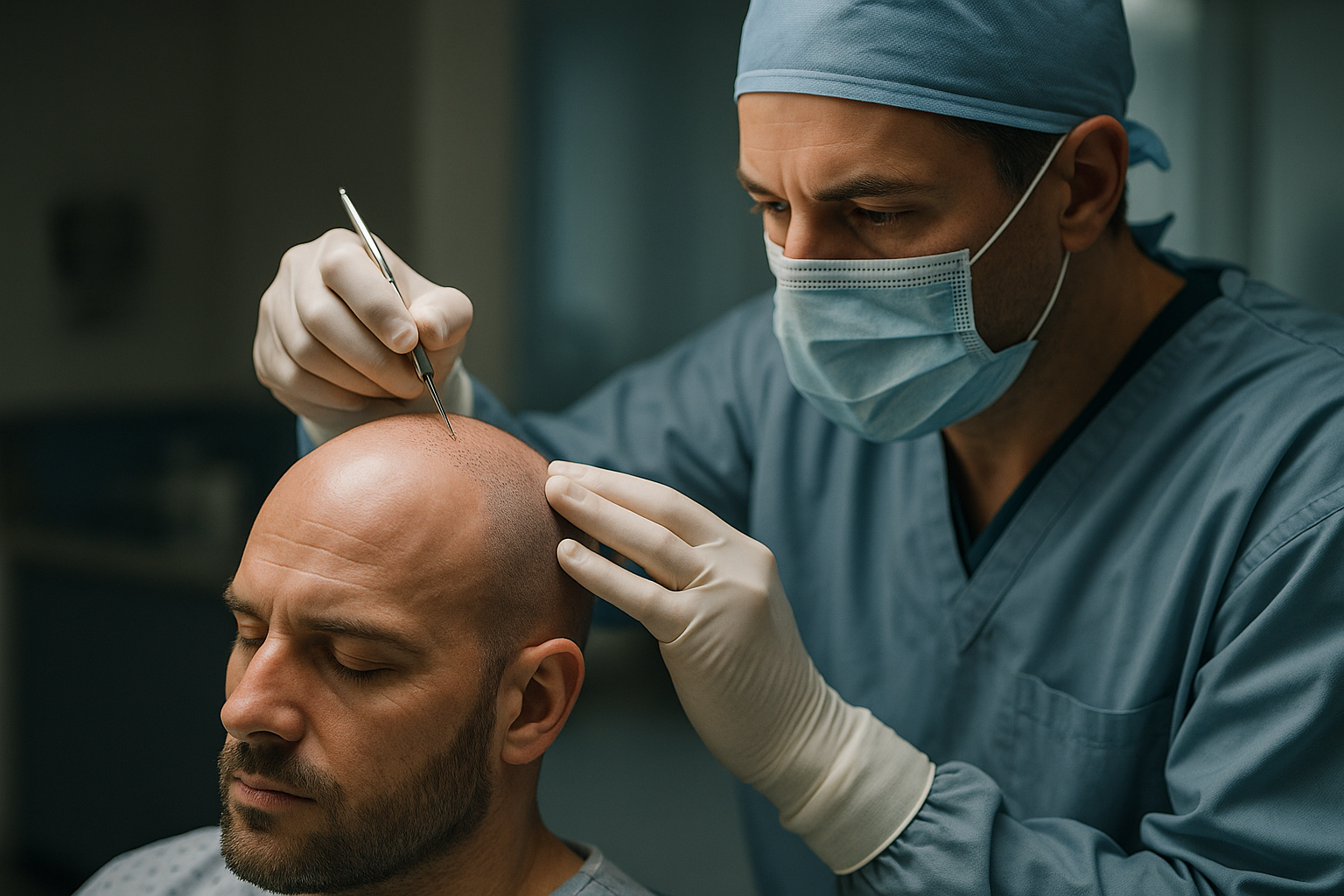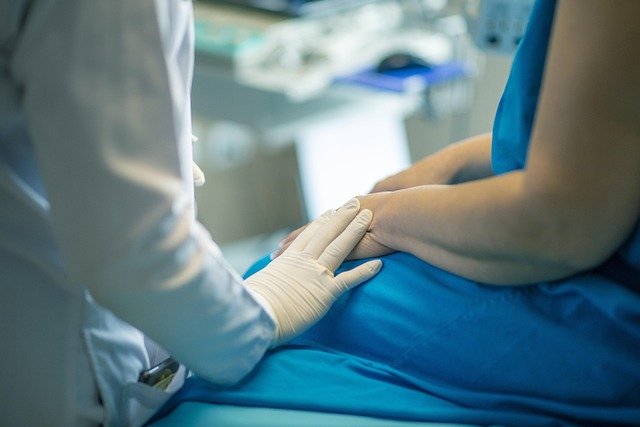Turkish Hair Clinic: Restore Confidence With a Fuller Head of Hair
Hair loss affects millions worldwide, impacting not just appearance but also self-confidence and emotional wellbeing. As treatment options have evolved, Turkey has emerged as a global leader in hair transplantation services, offering world-class procedures at competitive prices. The country has become a destination for those seeking to restore their hairline and, with it, their self-assurance through advanced medical techniques performed by skilled specialists.

Understanding Hair Transplant Turkey All Inclusive Packages
Hair transplant tourism in Turkey has gained immense popularity, largely due to the all-inclusive packages that many clinics offer. These comprehensive packages typically include the procedure itself, accommodations, transportation from the airport to the clinic and hotel, necessary medications, and follow-up care. For international patients, this simplifies the entire process, eliminating the need to coordinate multiple aspects of their medical journey separately.
Turkish clinics specialize in both Follicular Unit Extraction (FUE) and Direct Hair Implantation (DHI) techniques, allowing surgeons to select the most appropriate method for each patient’s unique needs. The all-inclusive approach also means patients receive pre-operative consultations, personalized treatment plans, and post-operative support to ensure optimal results and recovery.
Innovative Stem Cell Hair Transplant Bangkok Options
While Turkish clinics dominate much of the hair transplantation conversation, Bangkok has emerged as another international hub, particularly for innovative stem cell hair transplant procedures. This cutting-edge approach combines traditional transplantation techniques with stem cell therapy to potentially enhance results and stimulate natural hair growth.
Stem cell hair transplants in Bangkok utilize the regenerative properties of stem cells to improve the survival rate of transplanted follicles and potentially activate dormant hair follicles. The procedure typically involves extracting adipose (fat) tissue, processing it to isolate the stem cells, and then combining these cells with the hair follicles before implantation. This approach may offer advantages for patients with limited donor areas or those seeking enhanced density in the recipient area.
Finding Quality Hair Transplant Clinics Nearby
Not everyone can travel internationally for hair restoration procedures. Fortunately, quality hair transplant clinics exist in many local markets. When searching for services in your area, consider these essential factors:
First, examine the surgeon’s credentials and specialization in hair restoration. Board certification and membership in organizations like the International Society of Hair Restoration Surgery (ISHRS) indicate professional commitment and expertise. Additionally, review before-and-after photos of previous patients to assess the clinic’s work quality and consistency.
Patient reviews and testimonials provide valuable insights into others’ experiences, while consultation quality reveals much about the clinic’s approach. A thorough examination, realistic expectations discussion, and personalized treatment plan indicate professionalism and patient-centered care. Finally, ensure the clinic uses modern equipment and follows strict health and safety protocols.
Comparing Costs and Packages Across Global Destinations
Hair transplant costs vary significantly depending on location, surgeon expertise, technique used, and the extent of hair loss. Understanding these differences can help potential patients make informed decisions.
| Location | Average Cost (3000 grafts) | All-Inclusive Package | Typical Inclusions |
|---|---|---|---|
| Turkey | $1,500-$3,000 | Yes | Surgery, hotel, transfers, post-op care |
| Bangkok | $3,500-$6,000 | Sometimes | Surgery, basic accommodation, limited transfers |
| United States | $10,000-$20,000 | Rarely | Surgery and basic follow-up only |
| Europe | $5,000-$12,000 | Sometimes | Surgery with limited extras |
Prices, rates, or cost estimates mentioned in this article are based on the latest available information but may change over time. Independent research is advised before making financial decisions.
What to Expect During a Turkish Hair Clinic Experience
The Turkish hair transplant experience typically begins with an online consultation where photos are evaluated and initial plans discussed. Upon arrival in Turkey, patients are usually met at the airport and transported to their accommodation. The procedure day starts with a face-to-face consultation, followed by preparing the donor and recipient areas.
The actual transplantation, depending on the extent of treatment and technique used, takes between 6-8 hours, performed under local anesthesia. Most clinics incorporate periodic breaks to ensure patient comfort. Following the procedure, patients receive detailed aftercare instructions, necessary medications, and often a care package containing specialized shampoos and lotions.
One distinct advantage of Turkish clinics is the comprehensive follow-up care, with surgeons remaining available via messaging applications for months after the procedure to address concerns and monitor progress. Most patients stay in Turkey for 3-4 days after the procedure before returning home, with full results typically visible 12-18 months after treatment.
Recovery and Results: Setting Realistic Expectations
Recovery from hair transplantation follows a predictable timeline, though individual experiences may vary. The first few days involve some discomfort, swelling, and scabbing at both donor and recipient sites. Many patients experience “shock loss”—where transplanted hairs fall out—around weeks 2-3, which is a normal part of the process.
New growth typically begins between months 3-5, with continued improvement in density and appearance through month 12. Final results, including maximum density and natural hair patterns, are generally visible 12-18 months post-procedure. Success rates exceed 95% in reputable clinics, with most patients reporting high satisfaction with their results.
Sustainable results depend on following post-operative instructions, protecting transplanted areas from sun and trauma during healing, and maintaining overall hair health. While transplanted hair is permanent, some patients may require additional sessions as they age if hair loss continues in previously unaffected areas.
This article is for informational purposes only and should not be considered medical advice. Please consult a qualified healthcare professional for personalized guidance and treatment.



